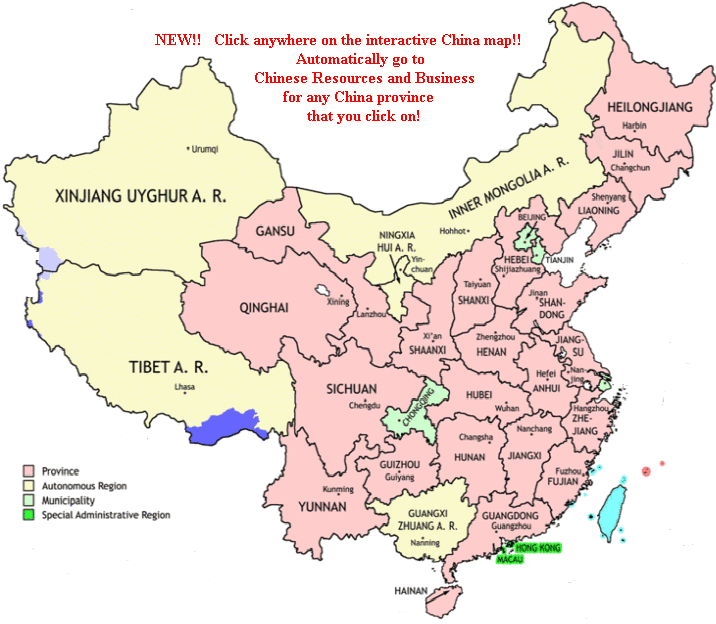|
Qing dynasty - Wikipedia
The Qing dynasty (/ tʃɪŋ / CHING), officially the Great Qing, [b] was a Manchu -led imperial dynasty of China and an early modern empire in East Asia. Being the last imperial dynasty in Chinese history, the Qing dynasty was preceded by the Ming dynasty and succeeded by the Republic of China.
Qing dynasty | Definition, History, Map, Time Period, Emperors ...
What is the Qing dynasty? The Qing (or Ch’ing) dynasty, also called the Manchu (or Manzu) dynasty, was the last of the imperial dynasties of China, spanning from 1644 to 1911/12.
Qing dynasty, 1644–1911 - Smithsonian's National Museum of Asian Art
The Qing dynasty (1644–1911) was founded by a northeast Asian people who called themselves Manchus. Their history, language, culture, and identity was distinct from the Chinese population, whom they conquered in 1644 when China was weakened by internal rebellions.
Qing Dynasty: Manchu, Key Events, Emperors, Achievements
The Qing Dynasty (1644–1912) was the last Chinese dynasty, and the longest dynasty ruled by non-Han people (i.e. the Manchus from Manchuria, northeast of the Great Wall), lasting for 268 years.
Qing Dynasty - Flag, Clothing & Date | HISTORY
The Qing Dynasty was the final imperial dynasty in China, lasting from 1644 to 1912. It was an era noted for its initial prosperity and tumultuous final years, and for being only the second...
Qing Dynasty - Encyclopedia.com
The Qing Dynasty was an empire led by the Manchu ethnic group, which ruled China from AD 1644 to AD 1911. The Qing government was an absolute imperial monarchy with authority vested in an emperor who served as head of state, head of government, and leader of the armed forces.
Qing Dynasty: History, Achievements, Key Events, Rise & Fall
The Qing Dynasty (1616-1912), led by the Manchus, is the last imperial dynasty in China. Follow this article to discover its history, achievements, main events.
History of Chinese Qing Dynasty (1644-1911) - TravelChinaGuide
In 1636, Huang Taiji, son of Nurhachu moved the capital to Shenyang and changed the regime title into 'Qing'. He thus established the Qing Dynasty.
History of the Qing dynasty - Wikipedia
The history of the Qing dynasty began in the first half of the 17th century, when the Qing dynasty was established and became the last imperial dynasty of China, succeeding the Ming dynasty (1368–1644).
What Was the Qing Dynasty? - ThoughtCo
The Qing Dynasty was the last Chinese Empire, lasting from 1644 to 1912. Foreign pressures and military challenges weakened the Qing Dynasty during its rule. The fall of the Qing Dynasty in 1912 led to China's transition to republic and socialist rule.
|


